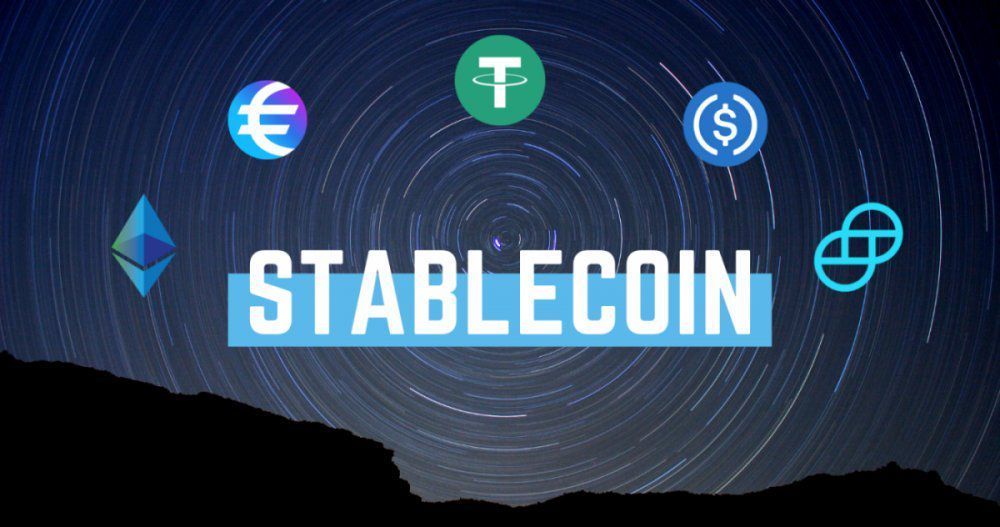These are the least 'stable' stablecoins not named TerraUSD

Some stablecoins have failed to deliver the dollar's stability to crypto traders long before TerraUSD's collapse.
The recent collapse of the once third-largest stablecoin, TerraUSD (UST), has raised questions about other fiat-pegged tokens and their ability to maintain their pegs.
Stablecoin firms claim that each of their issued tokens is backed by real-world and/or crypto assets, so they behave as a vital component in the crypto market, providing traders with an alternative in which to park their cash between placing bets on volatile coins.
They include stablecoins that are supposedly 100% backed by cash or cash equivalents (bank deposits, Treasury bills, commercial paper, etc.), such as Tether (USDT) and Circle USD (USDC).
At the other end of the spectrum are algorithmic stablecoins. They are not necessarily backed by real assets but depend on financial engineering to maintain their peg with fiat money, usually the dollar.
The distrust has led to massive outflows from both asset-backed and algorithmic stablecoin projects. For instance, the market capitalization of USDT has fallen from $83.22 billion on May 9—the day on which UST started losing its U.S. dollar peg—to $72.49 billion on June 2.
USDT drifted from its one-to-one dollar parity while suffering outflows, albeit briefly. Unfortunately, that is not the case with algorithmic stablecoins; some are still trading below their intended fiat pegs, as discussed below.
USDX, the Kava Network's native "decentralized" stablecoin, was notorious for mostly trading $0.02–$0.04 cents below the dollar. But, it moved further away from its near-perfect peg with the greenback amid the TerraUSD debacle.
In detail, USDX dropped to its lowest level on record—at $0.66—on May 12. The USDX/USD pair has been attempting to reclaim its dollar peg ever since and was changing hands for around $0.89 on June 2, as shown below.
Vai (VAI) is another victim of the ongoing stablecoin market rout.
The algorithmic stablecoin, built on the Binance Smart Chain-based Venus Protocol — a lending platform, traded for $0.95 this June 2. However, like USDX, the token is notorious for trading below its intended dollar peg since launch.
11 comments